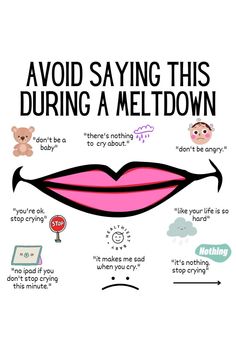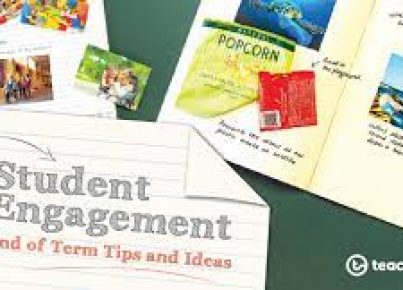Reading and writing are critical skills that children start developing at an early age. One of the methodologies used to teach these foundational skills in the UK is known as SATPIN. This approach breaks down the complex process of learning to read into manageable chunks, starting with six sounds which are considered to be some of the most common and versatile.
SATPIN is an acronym that stands for six phonemes – ‘s’, ‘a’, ‘t’, ‘p’, ‘i’, ‘n’. These are not random choices; they are among the first sounds taught because they can make a large number of simple words when blended together, such as “at”, “pat”, “sit”, “tin”, and “nap”. This gives children quick gratification in their ability to read and form words, thus encouraging them to continue learning.
When teachers or parents choose to use SATPIN in instruction, they’re using a systematic method of teaching phonics. It’s designed to start with the easiest and most useful sounds, allowing for various word combinations from an early stage. The idea is to build confidence as well as skill; by constructing various words from a limited set of letters, children feel successful earlier in their literacy journey.
Tips for Teaching SATPIN from Educators:
1.Start with fun introductions to each letter sound, using visual aids, songs, and games.
2.Don’t rush – ensure each sound is mastered before introducing the next one.
3.Once a child learns a sound, engage them in finding that sound in their everyday environment.
4.Blending should follow once individual sounds are mastered – guide children to blend two sounds together first before adding more.
5.Praise progress – any step forward is significant.
Teaching literacy isn’t just about recognizing letters; it’s about making meaning through reading and writing. That’s why SATPIN doesn’t stop at phonics – it also encompasses teaching children how to understand what they’re reading and write with purpose.
In conclusion, SATPIN offers an accessible entry point into literacy for young learners by breaking down reading into its simplest parts. By focusing on these six phonemes, children can start putting together words quickly, which helps them see the magic of reading early on. For parents and educators looking to tap into this effective approach, patience and creativity will go a long way in making the process enjoyable and rewarding for children as they embark on their literacy journey.





